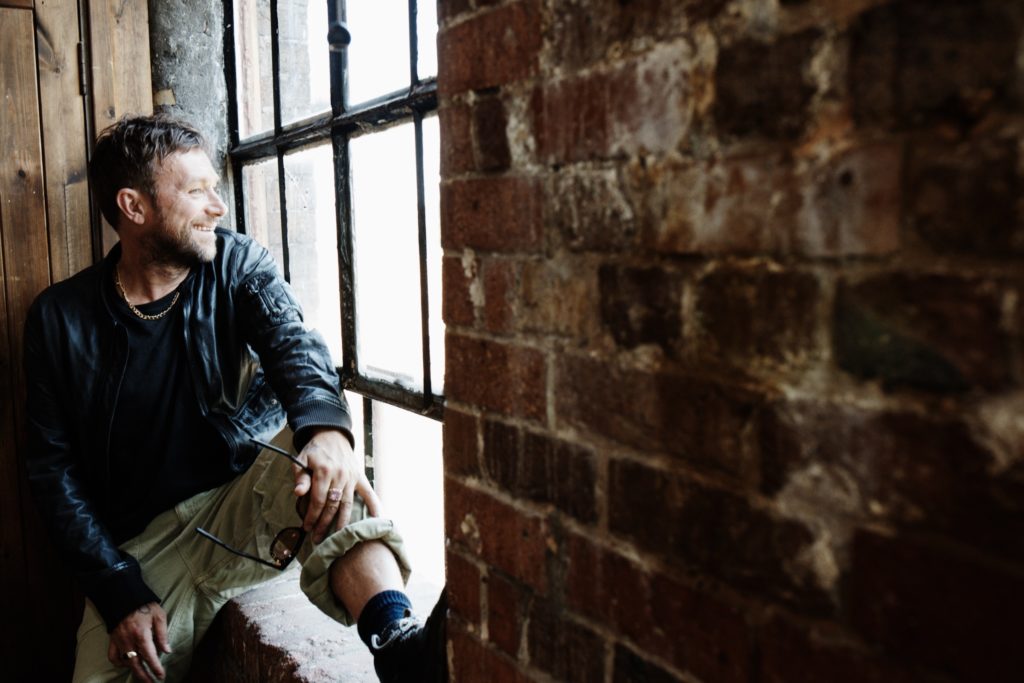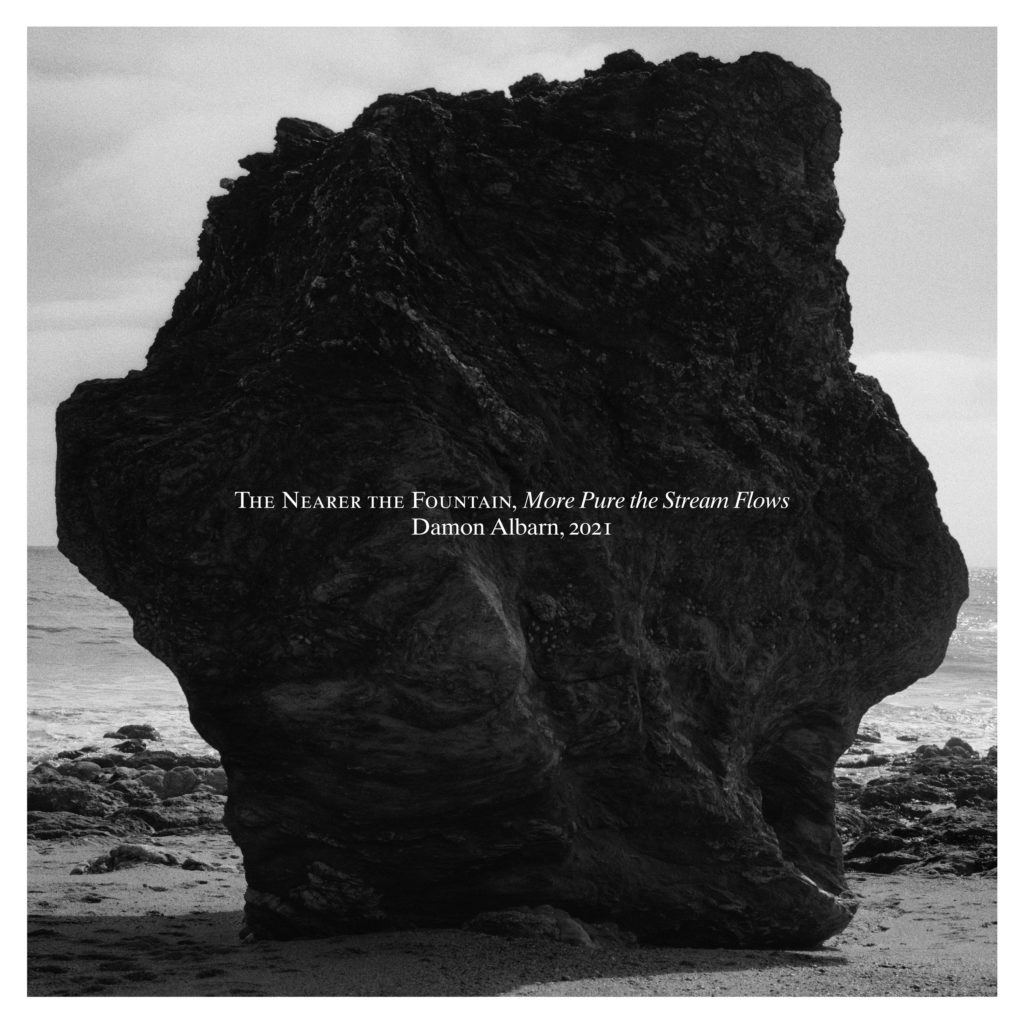
YORK Minster will always drive out demons but welcomed a Damon last night. Damon Albarn, leader of Blur, Gorillaz and The Good, The Bad And The Queen, no less.
Albarn would be playing two sets in one night, an 8.30pm performance being added pronto last month by Leeds co-promoters Crash Records and Brudenell Presents after the 6.30pm show sold out in five minutes.
The advice was to arrive by the door time, advice taken as the hats-and-scarves queue snaked towards Constantine the Great’s statue. Accommodating 600 in the Nave, it would be 7.22pm before Albarn took to his grand piano seat, in studious glasses, after an introduction by a member of the Minster clergy, just as had been the case when York band The Howl & The Hum played there on May 25.
Albarn was not alone, instead being accompanied by an all-female string quartet, who set the hushed, wintry mood with two instrumentals, the second a magical, frost-tipped rendition of In The Bleak Midwinter, with candlelight displaying glowing approval at either side.

In the first ever York concert of his 32-year career, Albarn’s focus was to be on his November solo release, The Nearer The Fountain, More Pure The Stream Flows – tickets had been sold in a bundle with a CD copy of the album – although Chris Sherrington, from the Fulford Arms, tipped off CharlesHutchPress to expect “an interesting set”, suggesting past as well as present might feature.
Albarn had first intended the album to be an orchestral piece inspired by the landscapes of Iceland. In lockdown, however, he returned to the music, resulting in 11 tracks rooted in themes of fragility, loss, emergence and rebirth.
Last night, those songs re-emerged with strings attached and in an atmosphere of contemplation, almost everyone in a mask as the new Omicron variant reintroduced caution and uncertainty: those feelings of fragility and loss rather dampening these past months’ sense of emergence and rebirth.
Taking the album’s title from the John Clare poem Love And Memory, Albarn had been on his “own dark journey while making the record”. Crucially, too it had led him to “believe that a pure source might still exist”. That pure source is not specified, but listening to these sombre songs in the stillness of the cathedral made you wonder whether divine intervention could play its part.

That said, as Albarn recalled in his one humorous anecdote, in his youth he had been allowed to play his local church organ on Saturday mornings, until one day the vicar decided his rendition of The Stranglers’ Golden Brown was perhaps not appropriate.
As it happens, it would not have been appropriate on this night either, when melancholia and slow, serpentine songs of icy beauty and grave singing prevailed in a set played in album order (save for the omission of Combustion, Esja and Giraffe Trumpet Sea), climaxing with Polaris and Particles.
Given that the second concert would need to start on time, Albarn explained he had to keep strictly to 45 minutes – although he had wanted to play for longer – as he switched to performing a “few older songs now”.
Beetlebum sounded like it could have come from a George Martin recording session with The Beatles; Albarn aficionados would have recognised Lonely Press Play from 2014’s Everyday Robots, and if you would choose one Blur song to close a church concert…maybe Tender, but surely, The Universal? Yes! The Universal.

“When the days they seem to fall through you/Well, just let them go,” he sang, with resonance anew after so much drifting through lockdown days. “Well, here’s your lucky day,” he sang too, and we were indeed lucky to be among the 600-strong congregation.
At one point, Albarn had stood up to thank his unnamed string players, so vital to the night’s mood. At another, he talked of the great honour of performing in York Minster and of the “wonderful surprise” of playing in such a vast space (much like York singer-songwriter Benjamin Francis Leftwich’s look of awe when he first took in the grandest of Gothic church designs after agreeing to play the Minster).
Albarn, now 53, once tearfully surveyed the masses at Glastonbury on Blur’s comeback, but now he was moved anew, arms aloft at 8.08pm, after making the Minster feel intimate: no mean feat at a serious, seriously good concert.
He would soon enough be doing it all again: the second queue waiting for the doors to open as we departed. Second time around, it turns out he had his wish, playing for longer, adding Blur’s My Terracotta Heart and Under The Westway to the finale before The Universal made 600 more feel so delighted that it really, really had happened: Damon Albarn’s belated first and second coming at York Minster.
Review by Charles Hutchinson
